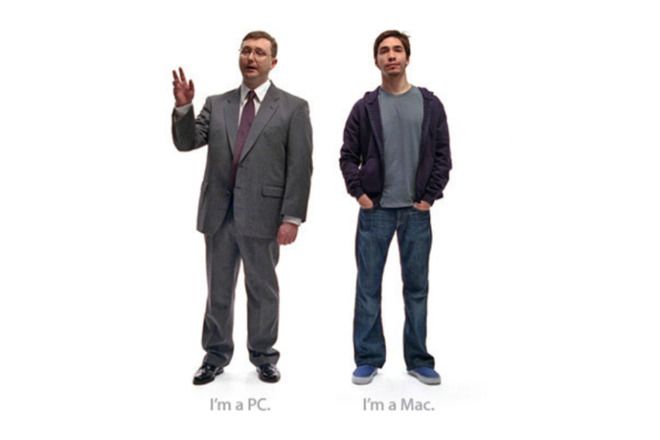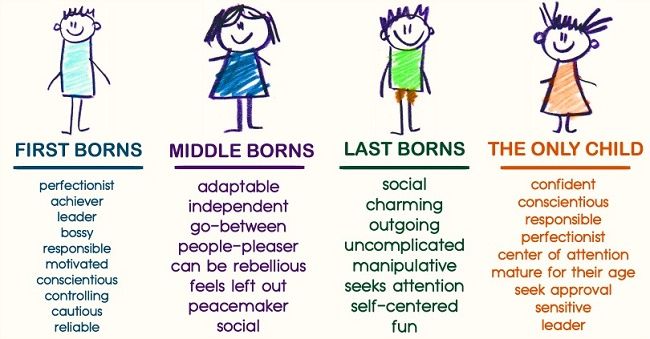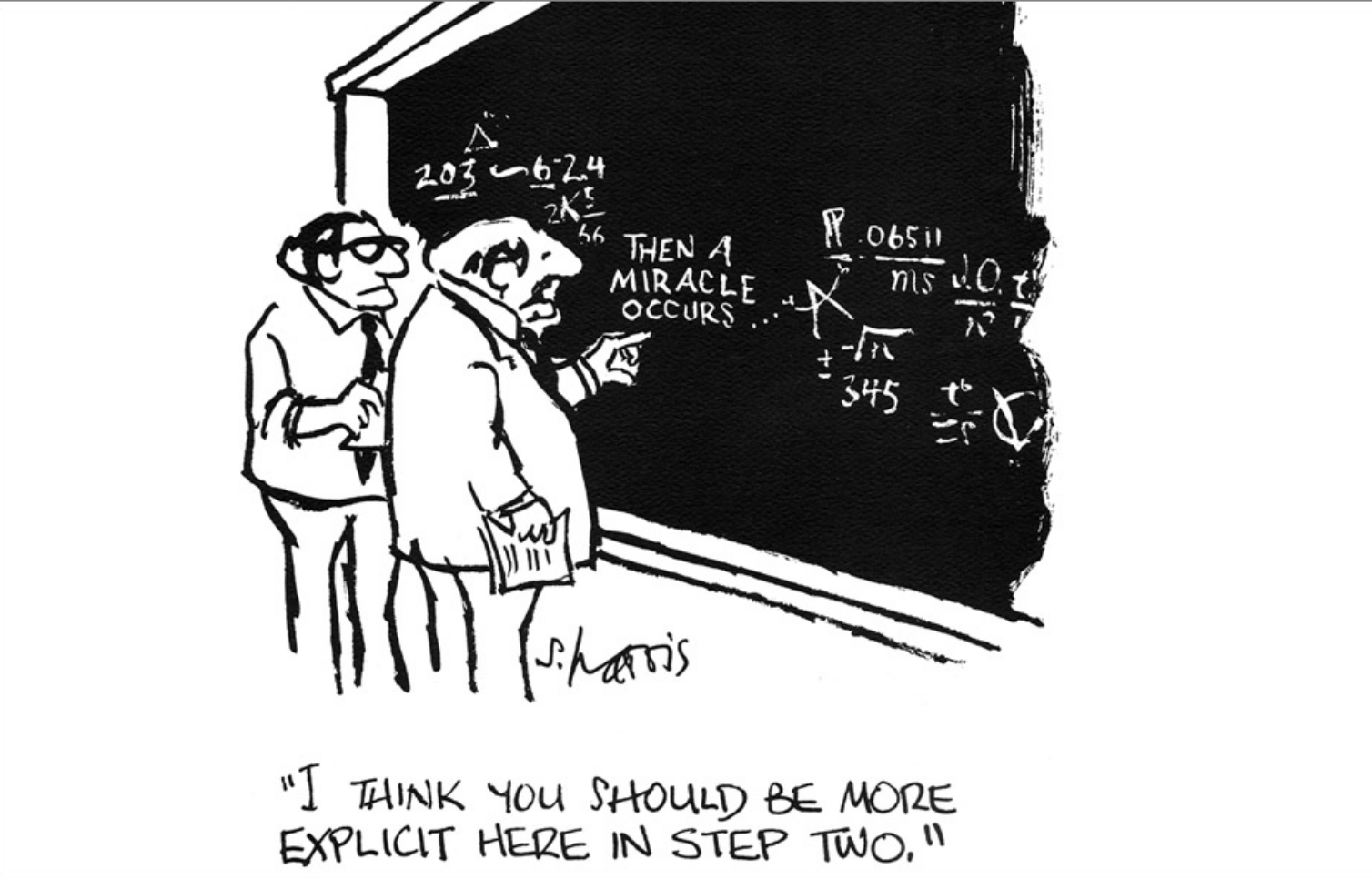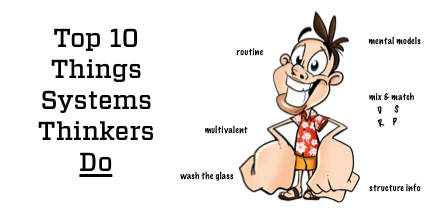Cognition in slow motion
I write about the identity-other structure of distinctions quite a bit. Mostly because people underestimate
(1) the complexity that underlies this seemingly simple concept;
(2) how pervasive this structure is in their implicit thinking; and,
(3) how powerful it is to become more aware of Distinction making and use it to think in more innovative, creative, empathic, and inventive ways.
For more on this topic see the Distinctions identity-other tag.
My point in this short blog is to highlight for folks the immense value that can be had in paying close attention whenever a new distinction is emerging in society-writ-large.
Why?
Because, identity-other distinctions (what we sometimes call, Dio, for short) occurr in your brain (cognitively or psychologically) very rapidly and all the time. So, they are sometimes hard to see and therefore hard to see the impact of. But, when we look at the identity-other-distinctions that are being made at the sociological level in society-as-a-whole, the process is "slowed down" like watching a sports clip in s-l-o-w m-o-t-i-o-n. Only then, does it become clear how critically important this universal cognitive pattern is to our thinking and also how important it is to become aware (metacognitive) about it. I've covered similar slow motion distinction making before here and here.

"Biting at the Boundary"
In this blog, I'll focus on coronavirus. Coronavirus (COVID-19 or C19) is on all of our minds right now. And because many are socially distancing or isolating, we have more time on our hands to take a break from the natural fear, concern, and anxiety and doddle in some cognitive science: the cognitive science of how we all make distinctions. I blogged not to long ago on this same socially-mediated distinction here. So, rather than rehash that blog, I want to make a single, but what I see as profound point. That is:
in order to establish the identity of something, we have to navigate and establish the identities of other things [often the most closely related things] that that thing is not.
This is the identity-other structure of distinction making.
Note in the below graph that the identity (COVID-19) is poorly understood. We know what it is not BEFORE we know what it is. It is not the flu (influenza). It is not MERS or SARS. It is not a common cold. Yet, while we know what it is not, we also are not quite sure of what it is, yet. The dotted box (rather than a pinpoint) illustrates that we are trying to zero in on its identity by "biting at the boundary" of all the things it is not.

Notice below, from a different perspective, we are still trying to distinguish this COVID-19. In this case, as is always the case, the parts of each distinction (i.e., part-whole Systems) and the point-view perspectives, and the interactive relationships, become essential in helping us navigate this single distinction. We see that from the perspective of each symptom we can distinguish whether each condition is common, rare, mild, etc. Relationships networks are formed where there is similarity and distinctions are formed where there is difference.

This same identity-other distinction process occurs in marketing.

And, in identity-formation--a critical psychological process in developing who you are. I often tell my kids, when it comes to your identity, your job, your life partners, you will find out who you are NOT, long before you will figure out who you are. Life is a process of discovering your identity mostly by finding out what it is not.

So, the next time you see us collectively, as a society-writ-large, trying to make a single distinction:
- What torture is? (and is not)
- What executive power is? (and is not)
- What balance of power is? (and is not)
- What a terrorist is? (and is not)
- What an enemy combatant is? (and is not)
- What life is? (and is not)
- What COVID-19 is? (and is not)
Pay attention. Because that same process which is playing out in slow motion before your eyes is occurring ALL THE TIME at rapid speeds behind your eyes. In turn, the distinctions you make, and how you make them, affect your behavior, how you see the world, and the assumptions, biases, and decisions you make.
.png?width=150&height=150&name=CRL%20GOAT%20Logo%20(4).png)


